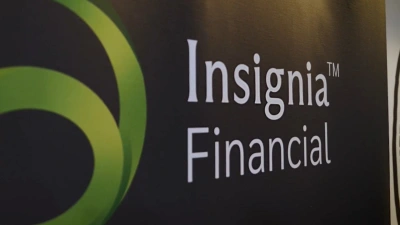Social media can attract SMSF business


Using popular social media channels such as Facebook, LinkedIn, Twitter and YouTube can help financial advisers win new self-managed super fund (SMSF) business, according to SMSF Academy managing director Aaron Dunn.
Those channels will be increasingly important in appealing to younger and more technology-savvy SMSF members, Dunn said at this week's Self-Managed Super Fund Professionals' Association of Australia (SPAA) conference.
Tools such as blogs, webinars and Facebook could also help financial planners connect with a broader audience and keep clients and prospects updated, he said.
Twitter can make it easier for financial advisers to communicate online and Facebook can help them better understand their target audience and share their views, Dunn said.
The recent SPAA/Russell Intimate with SMSFs Survey indicated trustees remain sceptical of financial planners and rely more on mainstream media when making investment decisions. SMSFs are also attracting an increasingly younger demographic, the study found.
"Financial planners need to have a strong web presence to be able to demonstrate their knowledge and skills around SMSFs to attract business and make themselves stand out from the crow," Dunn said.
Recommended for you
Net cash flow on AMP’s platforms saw a substantial jump in the last quarter to $740 million, while its new digital advice offering boosted flows to superannuation and investment.
Insignia Financial has provided an update on the status of its private equity bidders as an initial six-week due diligence period comes to an end.
A judge has detailed how individuals lent as much as $1.1 million each to former financial adviser Anthony Del Vecchio, only learning when they contacted his employer that nothing had ever been invested.
Having rejected the possibility of an IPO, Mason Stevens’ CEO details why the wealth platform went down the PE route and how it intends to accelerate its growth ambitions in financial advice.














